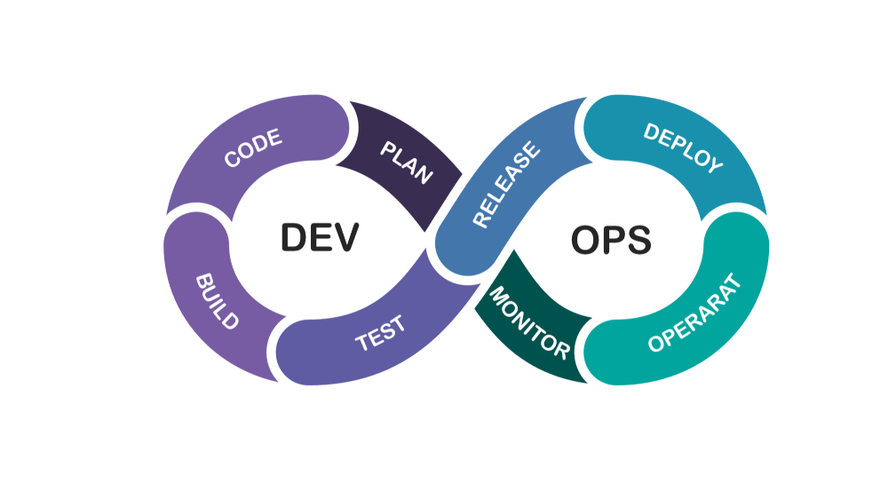Content
Throughout its life, Android has been a catch-up system in relation to IOS. Another factor you need to consider when deciding on the platform is where the majority of your audience is. Android has a higher percentage of ad-supported apps, while the iOS development platform relies predominantly on purchases. For that reason, your app should fit a limited number of screens and devices. As you may already know, Apple users spend more money on app purchases compared to Android users.
- Some disadvantages may ruin the whole experience of Android development.
- Android has more global coverage, and it appeals to users in Latin America, Africa, and some parts of Europe.
- Let’s take a complex look at the both platforms and find out their strong and weak points.
- In iOS apps, the navigation bar is always centered, while in Android devices, it’s always on the left of the screen.
- This post will compare the key aspects of Android vs iOS development and help you learn the essentials of both platforms.
Below, we have gathered the pros and cons of Android and iOS development. You will also find a platform comparison to help you make the right decision. We have previously mentioned that Android apps are regularly written in Java.
App Features and Functionality
While it may be limiting to some, this approach generally ensures an exceptional user experience. 1000% increase in users in March, hitting 2.7 billion minutes of meetings in a single day.

By widget support, Android devices win over iOS as they have fully adopted the feature and use its benefits much more extensively. There’s no definite rule as to which navigation bar placement is superior in terms of user experience. If you’re planning to create a retail app or an app that offers extensive additional content that a user can buy, iOS will grant you more opportunities to make a profit. The Apple App Store is typically more demanding than Google Play.
Development cost
In case you want to test out the application market, aim at the worldwide audience, or are bootstrapped in the budget, prefer going with Android. IOS is a leader in terms of releasing paid apps straight to the application marketplace. Android apps lead in terms of the number of purchases with 22% against 17%. However, the average cost of a transaction is higher for iOS – $30, for Android $10. App Store is stricter in terms of app moderation – thus, there’s a risk that your app will never be published. Google Play, on the other hand, is much less demanding when it comes to quality assurance. As a result, there’s a tougher crowd for app creators to stand out from but the development is practically risk-free.
Obviously, all developers implement as many security protocols as it is possible. However, it isn’t easy to keep every byte of the information under control with an open-source platform. Cyberattacks happen, and in some cases, problems with the security of user information may appear. Apart from releasing apps for public download, iOS offers developers an enterprise distribution model. This way, companies can distribute tools between the team’s employees or a selected group of individuals. You will be able to distribute apps under a private license and get access to a whole set of beta-testing tools, advanced development and testing utilities.
The advantages of iOS development
The main difference between iOS and Android design philosophies lies in navigation and architecture organization. Having these things considered, Android Studio and XCode are both good enough; their differences shouldn’t be a reason for preferring one platform over another. Another major difference between iOS and Android development lies in the integrated environment. Two days for the majority of apps, but the possibility of getting rejected is higher with Apple. IOS restricts your ability to customize the app’s interface.
Do android developers need a degree?
There are several education requirements to become an android developer. Android developers usually study computer science, computer engineering or electrical engineering. 74% of android developers hold a bachelor's degree and 19% hold a master's degree.
Android currently holds the most significant global platform share. This market share comes from developing countries and lower-income areas. The more time the development and testing stage takes, the higher will be the Android app price. But the price also depends on the app’s features and complexity. Yet, for a modern business, it’s important to be present on both platforms to attract as many clients as possible.
The interfaces of Google Play Market and App Store are similar – both have a home page with application listings, filters that help users to navigate and search for apps. Device fragmentation makes designing for Android a pain in the neck. That’s why the interface of an Android app will cost more and take a longer while to make compared to iOS designs. Developers make personal preferences based on their individual habits and likings. Those who prefer XCode like it for easy setup, but bigger projects make the IDE too complicated. And Android Studio fans like it for an advanced code editor and layout designer, though sometimes it consumes too much memory.

However, for the European countries and the U.S., the difference in market share is insignificant; therefore, it’s critical to create apps for both platforms. When it comes to iOS vs Android app development complexity, Android loses by big numbers. While Apple releases a limited range of devices and thus has a small range of screen dimensions to account for, it’s not the case with Android. There are dozens of screen styles based on the screen size, density, and the version of the OS. While Kotlin is largely confined to just Android app development, Java is a popular programming language that has been around since 1995. The two most popular smartphone operating systems are Apple’s iOS and Google’s Android. When making mobile apps, you must first choose whether to develop for iPhones or Android devices.











